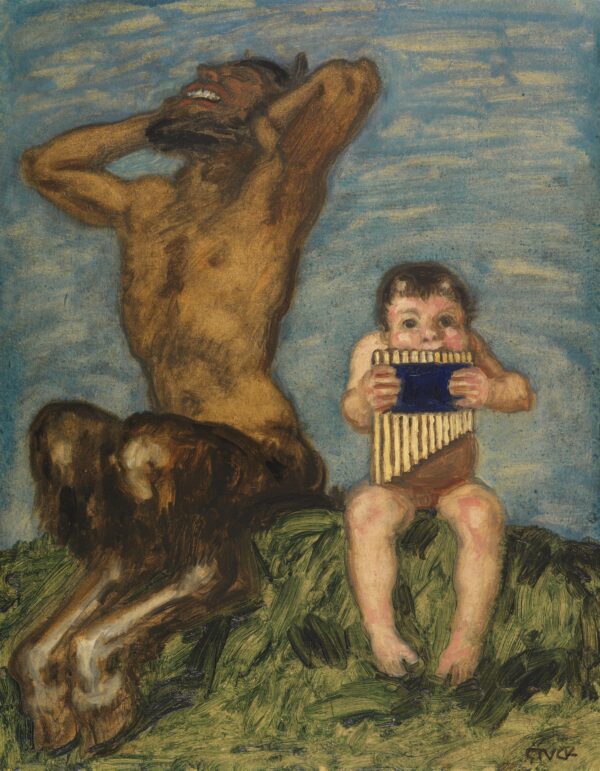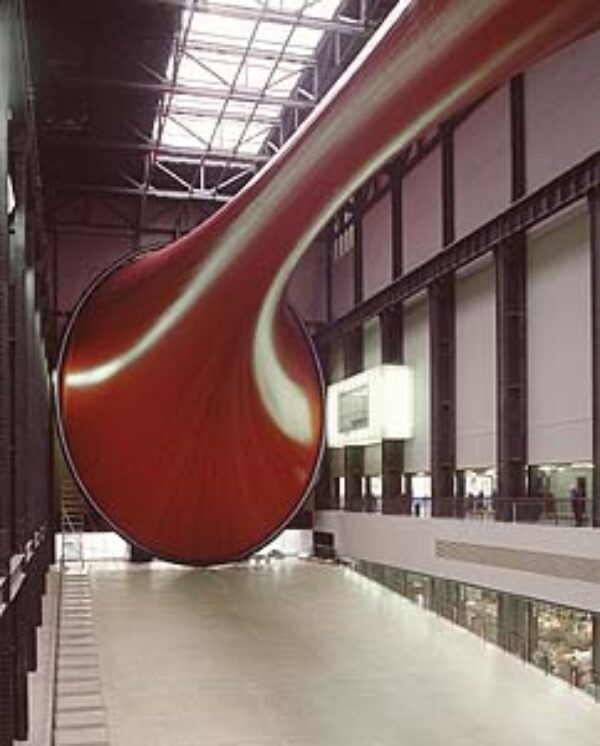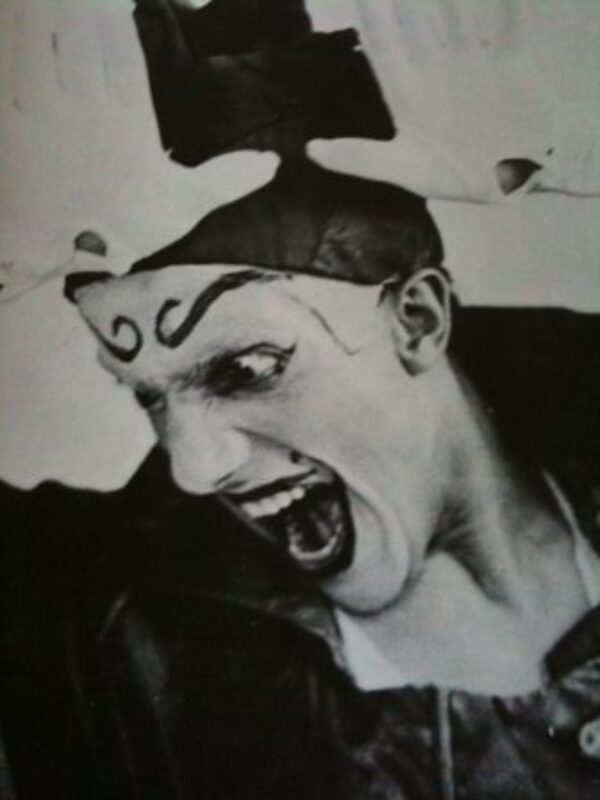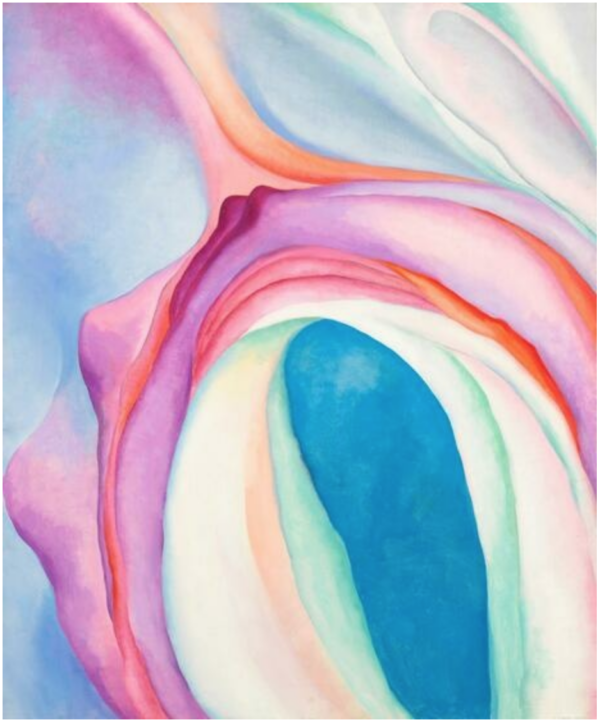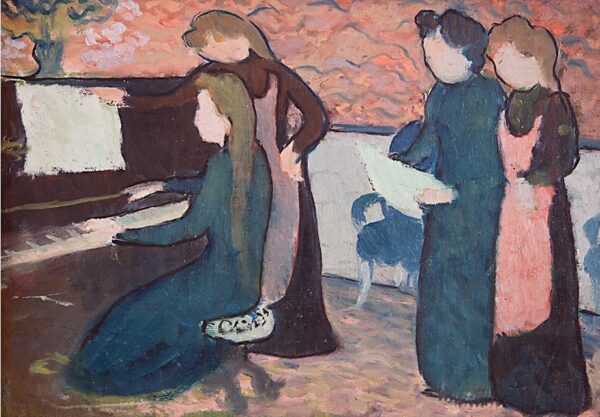Ekphrasis is central to our usual task as art historians: to translate the visual world into (academic) text. Theatre and music demand that the text is made audible as well as visual. What can art history learn from these arts, which in translating from page to stage reverse art historical method? If art exists to change the way we perceive the world, then appropriation, remediation and reproduction are never undertaken in formal sterility but speak to a particular cause, to ‘rectify’ the original, to explore creative processes or to articulate limits, blindnesses and creative failure.
The first part of the course introduces different approaches and intentionalities to the arts of the modern period, asking why bother to appropriate, remediate or reproduce at all? This part will build knowledge of core practices such as rhetoric, performance, metaphor, process, pastiche and parody, agency, mutation, and simulacra. Using philosophical texts we will unpick these topics in the context of wider themes – surface appearances, abstraction, formalism, the veil and the mask. We will focus on the use of images and themes that have been repeated across artworks, where the repetition is either of direct influence or of cultural inheritance. How have modern opera and films reused premodern works of visual art or theatre? What remains in the age of technological reproducibility and digital distribution of any sense of an original or a first work?
In the second semester we will attend to many examples that bring the visual arts into connection with the musical arts, using the strengths of London’s many collections and (where possible) her vibrant musical life. Focussing on modernism and its aftermath, we will consider key points of convergence between music and the visual arts. Classes will incorporate shared modernist terminologies, absolute music and the end of narrative, the total work of art, and temporality in works of all media from Kandinsky and Schönberg, the ballet russe, modernist periodicals, to the sculpture of Anish Kapoor. We end by reflecting on disciplinarity and its effects in shaping cultural expectations and practice. Why is it that the arts are studied discretely? What has been lost by re-tracing a selective history? And do we need to reassess our understanding of artistic value?
The course assumes no prior knowledge of music or modern art, and it will attend to developing the skills you will need to interpret and communicate your research. The Courtauld is an immensely vibrant place to study modern and contemporary art, with multiple MA programmes in the field, a lively postgraduate culture, and packed programme of events through the Research Forum and Courtauld Gallery.
Course Leader: Dr Charlotte de Mille
In the event that a course leader is on sabbatical, takes up a fellowship, or otherwise is not able to teach the course, they will be replaced by another experienced course leader either for a semester or, in some cases, the academic year.
Please note: whilst many Special Options will include site visits within the UK and further afield, these are subject to confirmation.
